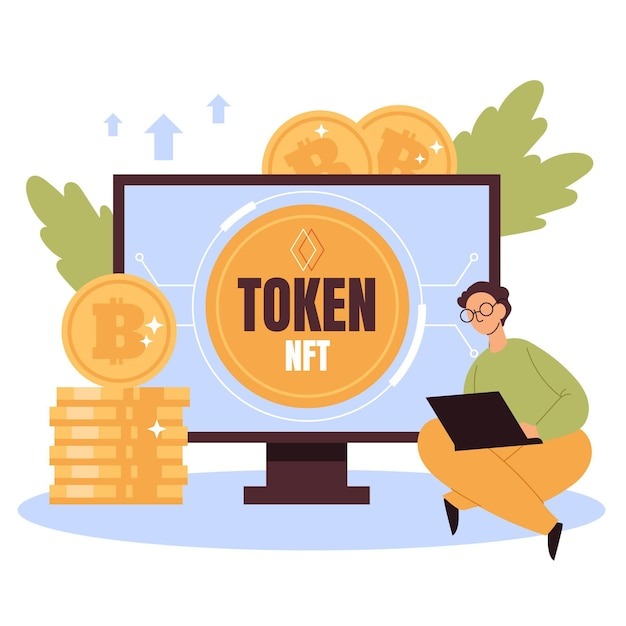
While most DeFi users know of liquidity pools, LP tokens are frequently overlooked. However, the use cases for these digital assets go beyond just releasing the provided liquidity. So, even if using your LP tokens for other purposes carries some risk, there are effective methods for getting additional value out of these special assets.
What are LP Tokens (Liquidity Provider Tokens)?
LP tokens are a special cryptocurrency used for payment on decentralized exchanges that use the Automated Market Maker (AMM) protocol. These exchanges pay liquidity providers with these tokens. These LP tokens may represent a user’s share in a common fund.
PancakeSwap, Sushi, and Uniswap are well-known DEXs that provide Liquidity Provider Tokens to their own liquidity providers. Individual contributions to the entire liquidity pool are recorded with Liquidity Provider Tokens, maintained proportionately to the pool’s overall liquidity share.
Basics of LP Tokens
Liquidity supplier tokens are important, and their work shows their importance. Liquidity providers have total control over the LP tokens, representing their portion of the liquidity pool. For instance, if you contribute $10 to a liquidity pool that already has $100, you may claim around 10% of the LP tokens in that liquidity pool. Due to evidence that you are the owner of 10% of the liquidity pool, you would get the 10% of LP tokens.
Consider LP tokens as evidence of your ownership of some crypto assets in the relevant liquidity pool. Owning LP tokens also gives you many benefits, like taking your share of the liquidity pool without anyone getting in the way. LP coins are ERC-20 compliant, allowing for simple staking, exchanging, and trading across several protocols.
The Working of LP Tokens in A Liquidity Pool
When you “deposit” a pair of tokens into a liquidity pool, you will be rewarded with a certain number of LP tokens as a “receipt.” LP tokens represent your pool share and let you withdraw your investment and interest. Therefore, keeping your LP tokens is essential to the security of your investment. You will forfeit your share if you lose them.
Your LP tokens may be found in the wallet that you used to provide liquidity. To see the LP coin in your cryptocurrency wallet, you may need to add its smart contract address. Most LP tokens that are part of the DeFi ecosystem can be moved between wallets, which transfers ownership of the tokens. This isn’t always the case, so you should double-check with the company offering the liquidity pool service. When the tokens are transferred, their liquidity may be lost for good.
Conclusion
Crypto liquidity providers like Curve, Uniswap, and Balancer need crypto liquidity pools to operate. The platform instantly creates a new token reflecting the portion of the pool the depositor owns when tokens are placed into a crypto liquidity pool. Liquidity provider (LP) tokens may be used for various purposes on the platform they were initially designed for and in other DeFi software. This has resulted in making the DeFi community more money.










